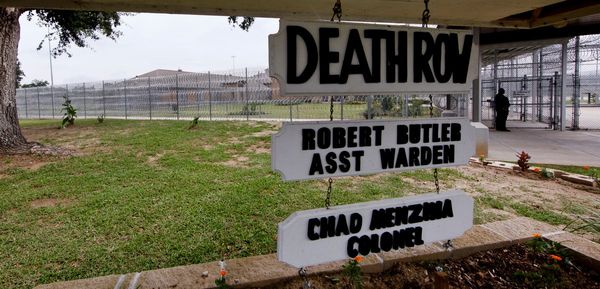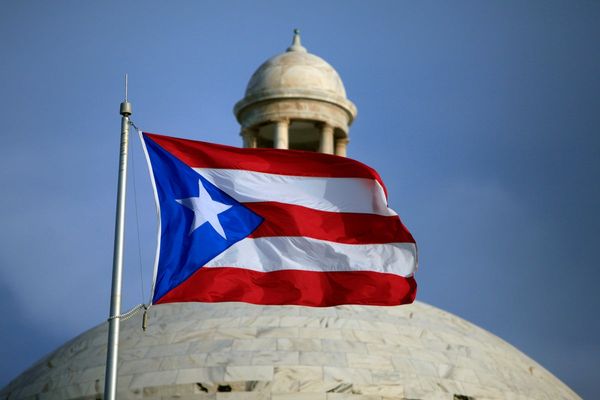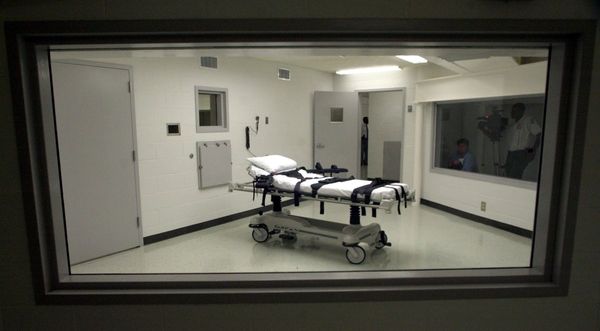Gillian Brown has a quietly commanding presence as she stands in the foyer of the Queensland Herbarium, nestled among foliage on the grounds of Mount Coot-tha's Botanic Gardens.
After seven years as the organisation's principal botanist, collections manager and science leader, Dr Brown became its ninth director last December — and the first woman appointed to the position since the herbarium opened in 1859.
The herbarium holds more than 900,000 species of plants, flowers, fungus and algae, including some specimens dating back to the 1700s when English botanist Joseph Banks encountered Australia on a voyage to the southern hemisphere with Captain James Cook.
About 10,000 specimens are added each year and Dr Brown said the centre should reach its one millionth collection item just in time for the Brisbane Olympic Games in 2032.
"We really document and describe plants at a certain time and place, and we're finding new species all the time," Dr Brown said.
"It's about knowing what's where so we can help decision makers like Biosecurity Queensland."
The specimen library is a vast room with rows and rows of plastic containers stacked to the ceiling, each containing several manila folders full of pressed, dried pieces of the natural world.
Paper is not allowed to be brought into the sterile environment in case it introduces insects that could then chomp through the priceless collections.
"If they get in there and eat the whole plant collection we can't go back in space and time and collect it again," Dr Brown said.
"We can't go back to 1770 and collect what was there at that time."
Dr Brown initially wanted to be a physiotherapist, but instead studied science before going on to complete a PhD in botany and working as a herbarium curator at Melbourne University.
She said Queensland's herbarium was unique due to the age of some specimens but also the sheer number of plants that grew in the state.
"With flowering plants, we've got over 8,000 species in Queensland and that is huge," Dr Brown said.
While the collection is mainly used as a reference point for scientists — it isn't a seed bank. On rare occasions propagation has been allowed to help with research.
A library holding botanical books from as far back as the 1500s is also used as a resource for researchers.
Discovery adds to impressive resume
Always alert for new species, Dr Brown was on the way to a Midnight Oil concert near Tambo in outback Queensland when she spied a unique plant on the side of the road.
That hasty decision to pull over and take a sample led to the description of a new genus of plants for Queensland by Dr Brown.
"I've described one species and last year I described a new genus of plants for Queensland," she said.
"This plant is only found in Queensland and has little, yellow, globular flowers.
"I called it Heliodendron — helio means sun and dendron means tree, so sun tree."
Described as "like doing a Tetris puzzle", the painstaking work to discover a new species and genus uses DNA to compare and contrast already documented plants.
But Dr Brown's favourite entry in the herbarium is the zombie fungus, a type of Cordyceps, which uses the bodies of insects as a base for its own growth.
For a fee, residents requiring assistance to identify plants can bring up to three fresh or 10 dried specimens to the Queensland Herbarium during opening hours.







